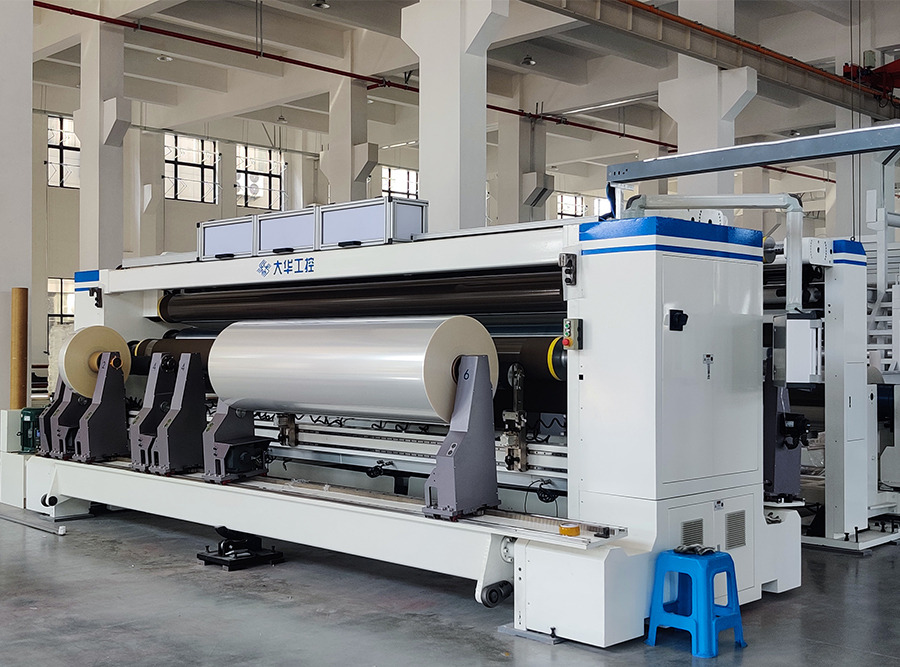The
secondary slitter's automatic edge guidance system utilizes advanced sensing and feedback mechanisms to detect and correct material position deviations during the slitting process.
Utilizing sensors strategically placed along the material path, the system continuously monitors the edge with precision. These sensors include optical sensors, laser sensors, or other technologies that can accurately capture the lateral position of the material.
As the material moves through the slitter, deviations from the predetermined alignment cause a response from the edge guidance system. The system quickly processes this information and relays corrective signals to the slitter's control mechanism.
A control system with real-time data from the edge guidance system coordinates instant adjustments of the slitter components. This may include changing the speed of specific slitter elements or dynamically repositioning the material so that it remains aligned with optimal accuracy.
The quick responsiveness of the system is an important factor. The speed at which adjustments are made is fine-tuned to maintain alignment without causing disruption to the entire slitting process. This dynamic adjustment allows the slitter to seamlessly adapt to changes in material width, ensuring consistent and accurate slitting results.
In the event of a significant deviation or failure, an automatic edge guidance system works with the slitter's overall control strategy to take corrective action. These measures may include temporarily adjusting slit speed, tension, or lateral position to quickly restore alignment.
The edge guidance system's ability to quickly detect and address deviations increases the overall efficiency of the slitting process. This not only contributes to the production of high-quality slit materials, but also helps minimize downtime associated with manual adjustments. Therefore, automatic edge guide systems play a vital role in optimizing slitting operations, allowing increased accuracy and productivity in material processing.

